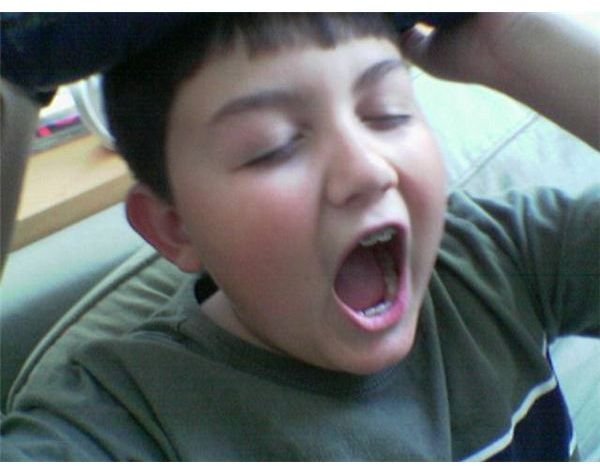Sample Functional Behavioral Analysis Helps to Assess Problem Behavior
Problem Behavior: Causes and Analysis
Any behavior depends on the purpose that is served for the person exhibiting that behavior. All behaviors will ultimately serve a purpose and problem behaviors observed in children are no strangers to this trend. It could be that the child is trying to draw attention when he indulges in disruptive behavior that will get him or her the attention that they feel is lacking. It could include running away from a task or situation that the child does not want to face. It may be because the child wants access to a toy or other item that has caught his or her attention. It could quite often be a result of tension and a need to release that through some sort of behavior that may be disruptive.
Functional behavioral analysis allows the understanding of the relationship between events that occur and the behavior that they trigger. This understanding can allow the psychologist to identify the intervention efforts that are needed to correct such behavior or at least keep it under control. This analysis can be made experimentally by creating incidents that trigger the behavior that is causing problems. It can also be assessed by directly observing the behavior under conditions that occur naturally. Some psychologists prefer to interview the child and guardians and minders to help them to analyze the behavior.
Assessment of Functional Behavior
The first thing to do is to define and correctly understand the problem behavior. Once this is known, a plan has to be made to collect data in connection with the behavior and its environment that triggers that behavior. Once this is done, the data has to be analyzed and compared. This will allow the psychologist to formulate a hypothesis as to what is triggering the behavior and the intervention required to correct it. This intervention has to be monitored till the behavior starts following more acceptable patterns.
What Does a Functional Behavioral Analysis Look Like?

A sample functional behavior analysis would start with the name of the student or child, the age, the grade of the student and of course the date of the analysis:
- Megan Rowe – 10-8 years – Grade V – 11/3/2010
Next, the behaviors that are the target of the analysis will have to be defined and can include things like non-compliance, inappropriate noises, confrontation, refusing to work, etc.:
- Inattentive to lessons being taught, disrupts other students by talking constantly
The methods for conducting the assessment would then have to be defined and finalized. This could include collected data, observations by the evaluator and other information that can be gathered from the student, teaching staff and family members. A historical background of the behavior elicited from persons in contact with the student will lend substance to the study and help to narrow down possible triggers for the behavior. Information has to be gathered from various teachers and family members as to how and when the targeted behavior is observed and situations that are likely causes:
- Megan comes from a single child family with working parents. She attends a day care center when not in school. At home, her behavior is erratic with wild mood swings. Her teachers find her very cooperative when given any responsibilities, but her inattention and disruptive behavior make her a handful to manage at times. She is very good with younger children and does have a large gathering of friends. Her day care center minder keeps her occupied by asking her to tend to younger children, something she is very good at.
All this can help to narrow down on possible behavior interventions that have helped the student. An analysis may be made of the difficulties that the student has that are triggering the problem behavior and ways have to be found to overcome these difficulties by using alternative means that will not cause such behavior. Other ways have to be found to help the student overcome deficiencies.
Megan seems to suffer some form of insecurity because of being unable to go home like other children do. Parents need to be counseled to help her get over this feeling. They also need to give her more than just casual attention as the talkativeness is a result of not having anyone to talk to at home.
References
Utah Students at Risk: Online Staff Development Academy.
Image Credits:
Stewart Yawn by Steward Butterfield under CC by 2.0
Anak SD di Ciwidey by sektordua under CC by 2.0
